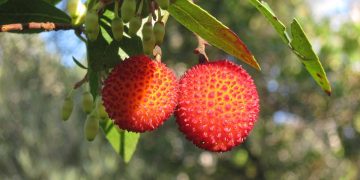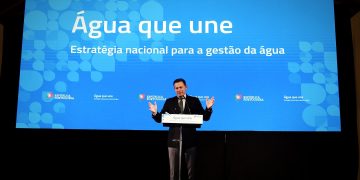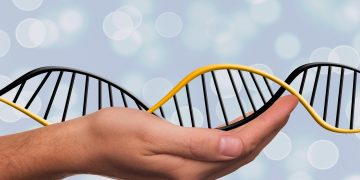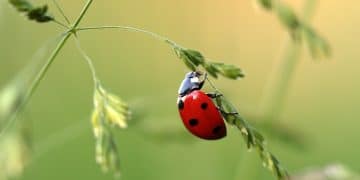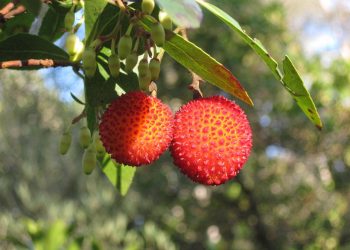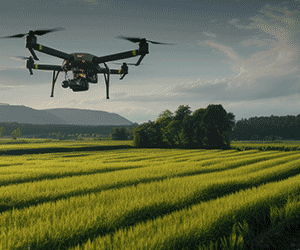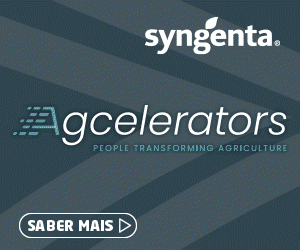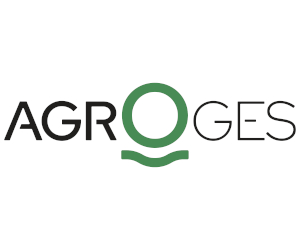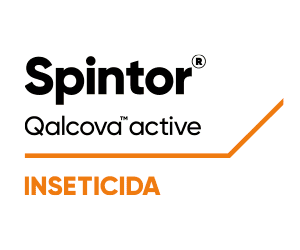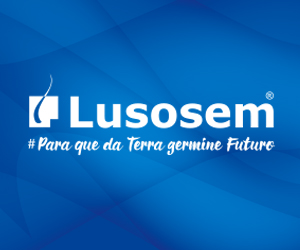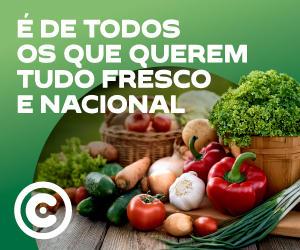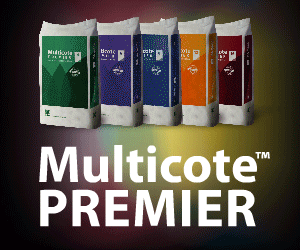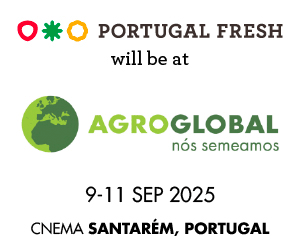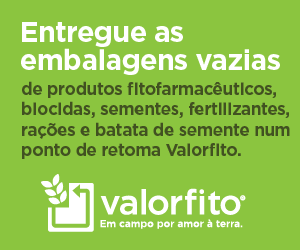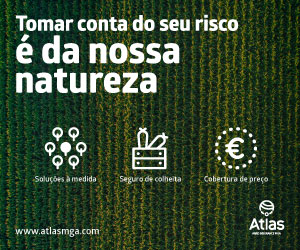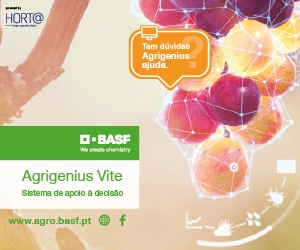On Marianne Mulhall’s organic dairy farm in southeast Ireland, the winter wheat crop is looking better than usual. By spring, it is often a bit yellow and withered, a sign that it is nitrogen deficient.
This year’s wheat – sown on a field where fava beans and peas were grown last summer – is still green and bright, with little sign of nitrogen loss.
The wheat looks good, Mulhall explained, because legumes like peas and beans capture nitrogen from the atmosphere and add it to the soil. This means farmers can grow other crops after them without the need for additional and expensive nitrogen inputs.
“This is good for farmers as fertiliser prices have gone through the roof in recent years,” said Mulhall, who is an adviser for Teagasc, Ireland’s Agriculture and Food Development Authority.
Alternative sources
Mulhall is experimenting with new ways of growing her crops as part of a trial funded by the EU in a broader push to diversify sources of nutritional protein.
According to Professor Emanuele Zannini, a food science expert, this is particularly important because current methods of producing animal protein are not sustainable, and a growing global population will increase the demand for protein even further.
“We need to find alternative sources of protein to reduce the environmental burden.
“We need to find alternative sources of protein to reduce the environmental burden,” said Zannini, who is based at University College Cork in Ireland.
According to EDGAR-FOOD, a global database developed by the European Commission’s Joint Research Centre, food systems emit around a third of global human-made greenhouse gas emissions, with much of this linked to meat and dairy production.
Analysis from Our World in Data shows that poultry production emits almost seven times more CO2 for every 100 grams of protein than producing pulses such as lentils or beans. Milk and beef production are 10 and 60 times more carbon intensive, respectively.
One way to cut these emissions is to eat more plant-based proteins, said Zannini, who led a four-year EU-funded initiative called SMART PROTEIN that ended in June 2024.
Sustainable pulses
Bringing together food experts and scientists from nine EU countries and around the world, the SMART PROTEIN team explored the production of plant-based foods from three crops: chickpeas, lentils and fava beans.
“There has been a tradition of consuming these legumes in Europe, particularly in the Mediterranean regions,” said Zannini. As Europe became more prosperous, however, people began eating more meat.
The initiative aimed to encourage European farmers to grow more of these legumes to meet the rising demand from consumers who are cutting back on meat and looking for climate-friendly food alternatives.
The research team also looked at quinoa, a South American grain that is already grown in a few European countries.
“From a nutritional point of view, quinoa is a super grain,” said Zannini. “The plant’s seeds contain all the essential amino acids – the building blocks of proteins – that our bodies cannot produce and are rich in minerals, vitamins and healthy fats.”
Strength in diversity
The research team worked with farmers in Belgium, Ireland, Italy, Portugal and Spain to test how these crops grew in different environments. One challenge the farmers faced was climate change.
“We are dealing with weather that is no longer predictable,” said Zannini.
The researchers tried out different crop varieties, including some older European strains that they “brought back to life”.
They found that some varieties could grow in a range of conditions and were able to cope with variable weather. Zannini attributes this robustness to their genetic makeup, which is more diverse than in some more intensively bred modern crops.
“With intensive breeding, you are forcing a few characteristics, for instance, high yield, weed resistance and high protein content, but potentially you miss traits that can make a difference when the plant faces extreme weather conditions,” he said.
Such crops could help make farmers less vulnerable to changing weather patterns. For example, the researchers found that conditions in Ireland were excellent for growing fava beans, with yields around twice as high as in Southern Europe.
“Farmers in Ireland could diversify their crop rotations and make their businesses more resilient,” said Zannini.
On her farm, Mulhall is keen to experiment with different varieties of peas and beans and explore how future crops can be used for food products. This could also offer financial gains for farmers, as food crops usually command a better price than feed crops, she said.
New food options
One challenge is integrating more plant-based and alternative proteins into modern diets. The SMART PROTEIN researchers experimented with a range of new food options, developed by combining plant proteins with fungi and yeasts, and fermenting waste grains, dough and bread from breweries, pasta factories and bakeries.
Mixing proteins from different sources allowed them to create complex foods with more interesting flavour and texture profiles than they could get from just one plant. There were also nutritional benefits.
The resulting plant-based yoghurts, cheeses and crab meat were a particular success, according to Zannini. The team also produced mincemeat, hamburgers and infant formula. Research is now continuing to further test and develop some of these foods.
Scaling up
For Dr Paul Vos, a nutrition and health scientist at Wageningen University & Research in the Netherlands, the race is on to scale up alternative protein sources, including plant proteins, for food.
Vos is leading another EU-funded initiative called GIANT LEAPS, exploring how best to incorporate alternative proteins into popular foods and make them a mainstream part of European diets.
“Our approach is to focus on products and protein sources that can be consumed at scale,” he said.
Around 60% of protein eaten in the EU comes from animal sources and 40% from plants. The team led by Vos would like to see this flipped by 2050, reaching a midway point of a 50:50 mix by 2030.
“With the least amount of change to a consumer’s diet, we aim to have the largest impact on environmental indicators.
The goal is to find the perfect balanced diet for both health and the environment. This is what the researchers aim to better understand through objective assessment and modelling of data taking all factors into account: nutrition, health, safety and sustainability.
The research team, which brings together food experts, producers and academics from across Europe and beyond, is surveying eating habits in the 27 EU countries to work out how to best achieve a dietary shift across various regions in Europe.
“The aim is to make the most impactful changes in diets by replacing traditional animal protein products like meat or dairy with alternatives that have an optimal balance of both health and environmental benefits,” said Vos.
Replacements could be plant-based foods that are already available or new products developed by the GIANT LEAPS team.
“With the least amount of change to a consumer’s diet, we aim to have the largest impact on environmental and health indicators,” he said.
Readily available plant sources already used for food are clearly the fastest way to drive dietary change, acknowledged Vos. With this in mind, the team is focusing on fava beans, oats, quinoa, lentils, rapeseed and chickpeas.
Like the SMART PROTEIN team, they are combining multiple protein sources using smart processing techniques that are energy-efficient, safe, and aim to retain nutrients and optimise nutritional value. With this approach they are able to create more complex and flavourful protein and nutrient-rich foods.
Consumer buy-in
The researchers are also trying to understand consumer perception in order to reduce barriers to a wider adoption of meat and dairy substitutes based on alternative protein sources. Vos suggests that rather than demonising products like meat, efforts should focus more on improving the alternatives.
In 2023, the Swiss Federal Institute of Technology in Zurich conducted an online survey of 916 participants from the German-speaking part of Switzerland. It found that people were more likely to accept products produced from familiar foods like potatoes or peas than from cultured meats or seaweed.
Another key issue is price. The GIANT LEAPS researchers compared 10 000 products in Europe and found that some meat substitutes were more than twice the price of meat. Meanwhile, milk alternatives were up to 58% more expensive than cow milk.
These findings highlight a key challenge, according to Vos.
“To make products at an affordable price, you need scale, and to achieve scale, you need consumer acceptance.”
To support widespread consumer uptake, the GIANT LEAP researchers are aiming to find the perfect balance of protein quality, nutritional value, food safety, taste and environmental credentials to create new foods fit for future healthy diets. Diets that are both good for people and good for the planet.
Research in this article was funded by the EU’s Horizon Programme. The views of the interviewees don’t necessarily reflect those of the European Commission. If you liked this article, please consider sharing it on social media.
O artigo foi publicado originalmente em Horizon, the EU Research and Innovation Magazine.

